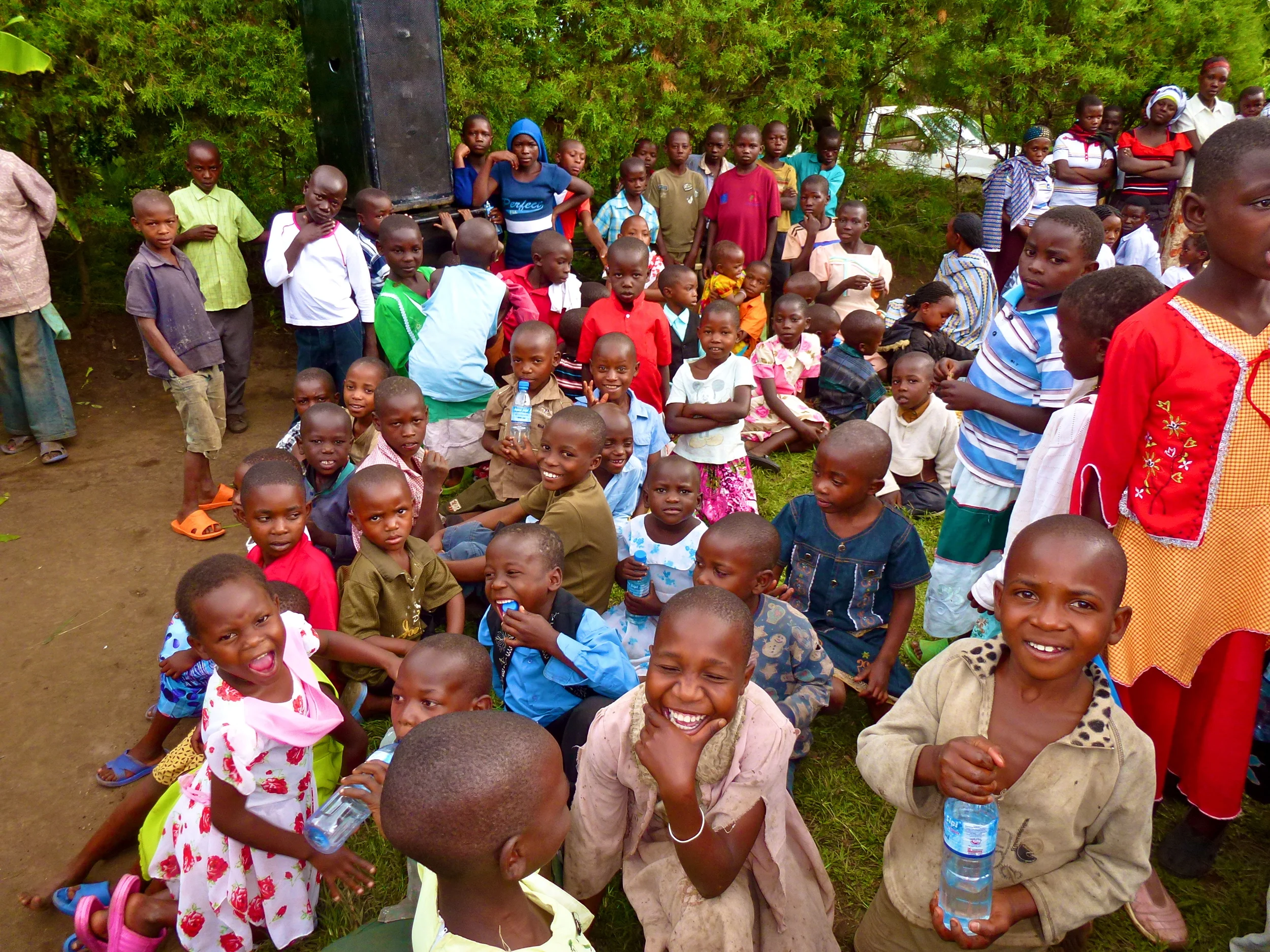How it all began
The Kichwamba Children’s Foundation was established in 2011 by Rachael Holt and her father, Geoffrey Holt.
At that time, Rachael was working in Uganda on a fellowship with the U.N. World Food Programme. Her father, Geoffrey, came to visit and together they traveled to Fort Portal, a town in the western part of the country. While there, they met a local man, James Tugume, who was working at a hotel. After getting to know him, Rachael and Geoff discovered that he was living in a rural village, 25 kilometers from Fort Portal, with a group of 25 orphans, and was attempting to support them on his salary of USD $40 per month.
Rachael and Geoff were moved by James’s story and asked to meet the children. After visiting the village in which the children lived, they realized that the situation was far worse than James had described. The children were living unaccompanied on a piece of land that had been purchased for them many years ago as a gift by a charitable group. They were undernourished and had been forced to drop out of school due to a lack of funds to purchase even the most basic supplies. The children had been brought together many years ago by missionary groups, but had been since abandoned and left without support. Not only was their situation dire, they were in enormous amounts of debt with local vendors and food suppliers.
Rachael and Geoff realized that they could not walk away from the situation and decided to help. They created a formal foundation and registered with the local government, and began providing financial support was provided to ensure that food could be purchased, debts could be repaid. They also enrolled the children in local, private schools to restart their education.
Over the next eleven years, Rachael and Geoff have grown the Foundation into what it is today, complete with full-time staff, management structures, programs, financial reporting, and a long-term growth strategy. They make annual visits and provide ongoing support for all the children’s needs, including education, food, clothing, health, and housing, as well as funds for income-generating activities. They have also expanded the number of beneficiaries (40 and counting) and plan to continue growing in the years ahead, in order to improve the lives of as many children as possible.





